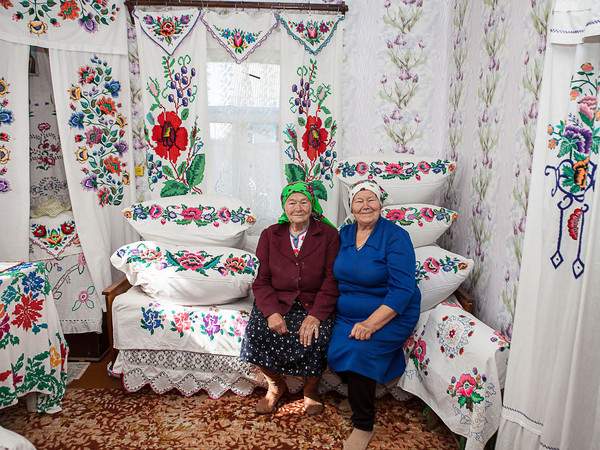At the Museum of Rome in Trastevere a photo exhibition on Europe unseen and cut off from development
There is an unseenEurope, cut off from economic development, political and media attention. There is a Europe that, before the crisis, produced and was competitive and is now abandoned by its younger inhabitants. Four photographers, Jutta Benzenberg, Andrei Liankevich, Livio Senigalliesi , and Mila Teshaieva, went to the rural areas and small towns ofAlbania, the vast swamp of Polesia in Belarus, Saxony-Anhalt informer East Germany, and the Italian coal-mining area of Sulcis in Sardinia and chronicled its innermost and most vulnerable core, the family.
The result is an image narrative curated by Gabi Scardi that comes to life within Unseen / Unseen. Glimpses of Europe. Four photographers on the road, the exhibition scheduled at the Museo di Roma in Trastevere from March 21 to May 26, 2019, promoted by Roma Capitale, Assessorato alla Crescita culturale - Sovrintendenza Capitolina ai Beni Culturali, conceived and produced by the Goethe-Institut with the museum services of Zètema Progetto Cultura. After the first stop in Milan and the appointment at the Museo di Roma in Trastevere, the exhibition will be in Minsk in September and, immediately after, will continue its journey in Tirana. In early 2020, the last stop will be in Halle at the Kunststiftung desSachsen-Anhalts (Art Foundation of Saxony-Anhalt).
Born out of a 2017 project by the Goethe-Institut in Milan(Nell’ombra - Families in Europe) that wanted to investigate the effects of Europe’s rapid transformation on families in some productive European areas affected by crisis and depopulation, the Unseen / Unseen exhibition bears witness to the “side effects” of the great changes that have occurred in recent decades on the old continent, noting both the lowest common denominators and the diversities. The investigation took place through the eyes of photographers from different European countries: Jutta Benzenberg from Albania, Andrei Liankevich from Belarus, Livio Senigalliesi from Italy and Mila Teshaieva from Germany. Each of them made one or more trips, either to their own country or to one of the others’, producing on the one hand a change of perspective and on the other hand also a discovery. Thus, for example, Senigalliesi and Liankevich went to Sardinia and Polesia, while Teshaieva and Benzenberg went to Albania and Saxony. Each was accompanied by an expert or journalist with in-depth knowledge of the area. This allowed for the multiplication of gazes and reading planes that brought out the stories and micro-stories of the people encountered during the trips, the layering of experiences, and the complexity of each territory. The exhibition thus becomes a kind of choral, if partial, cartography of the areas of Europe most hidden and left on the margins.
The exhibition includes four nuclei of photographs, divided by author. The works have very different sizes and formats, from time to time adhering to the intentions of the individual photographer. Among the images on display, portraits and interior visions alternate, figures immersed in the places of living and the everyday environment that surrounds them, objects, architecture, reference landscapes and more. Thus emerge the authors’ different interpretations of places: objective, documentary, anthropological, sociological readings; as well as more sensitive, intimate, almost questioning approaches.To vividly render these narratives, the images are flanked by some videos and texts written by some of the photographers and “companions” during the trips.
For all information you can visit www.museodiromaintrastevere.it.
Pictured: Andrei Liankevich, Belarus
Source: release
 |
| At the Museum of Rome in Trastevere a photo exhibition on Europe unseen and cut off from development |
Warning: the translation into English of the original Italian article was created using automatic tools. We undertake to review all articles, but we do not guarantee the total absence of inaccuracies in the translation due to the program. You can find the original by clicking on the ITA button. If you find any mistake,please contact us.




























